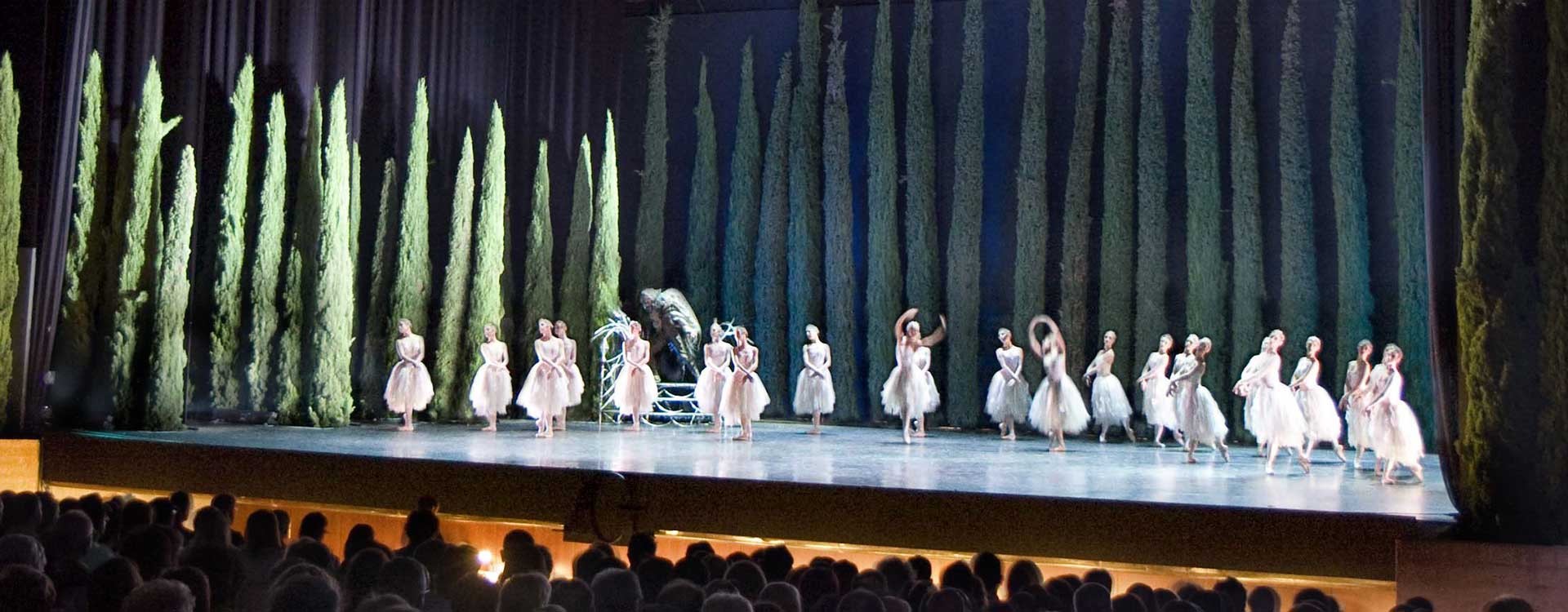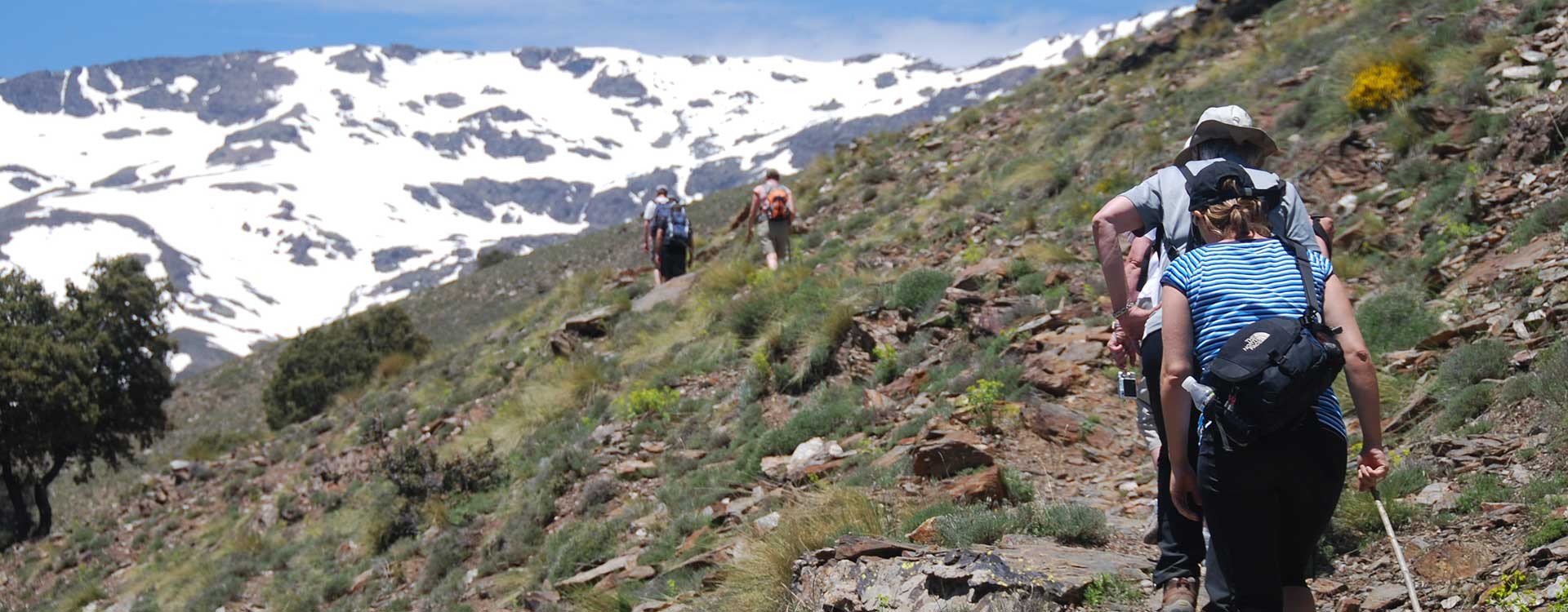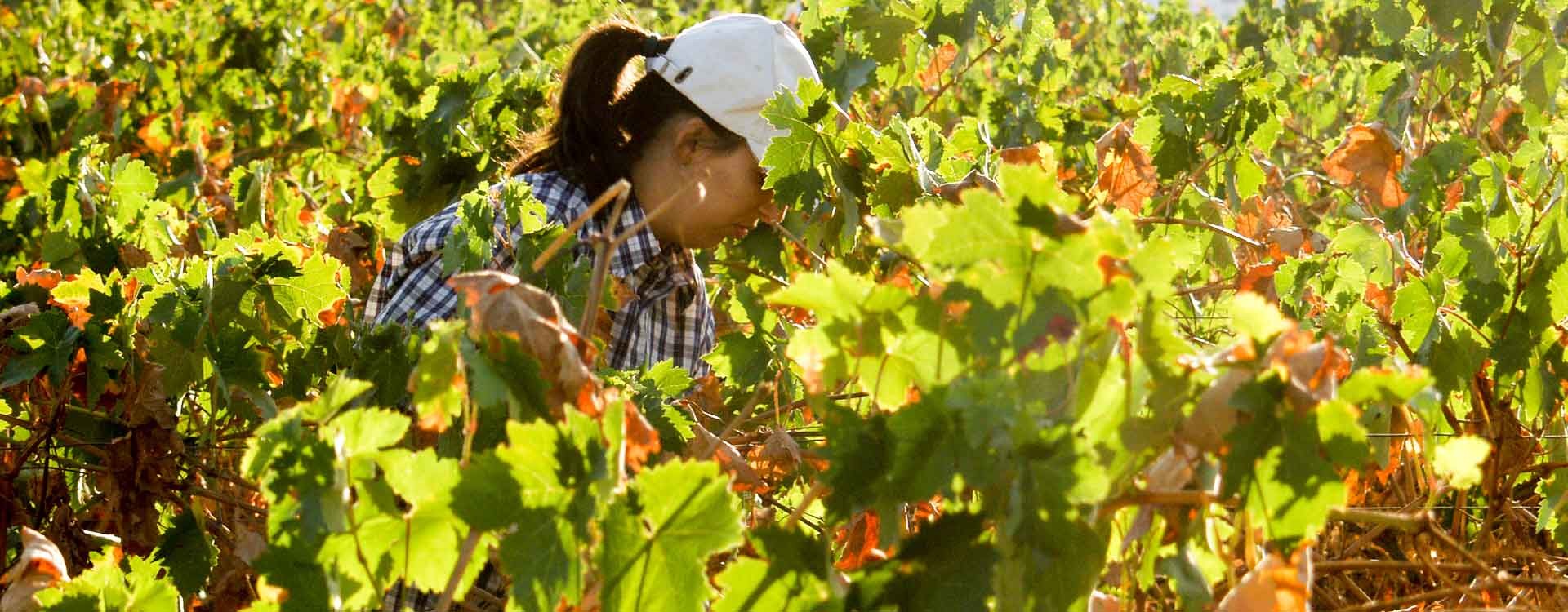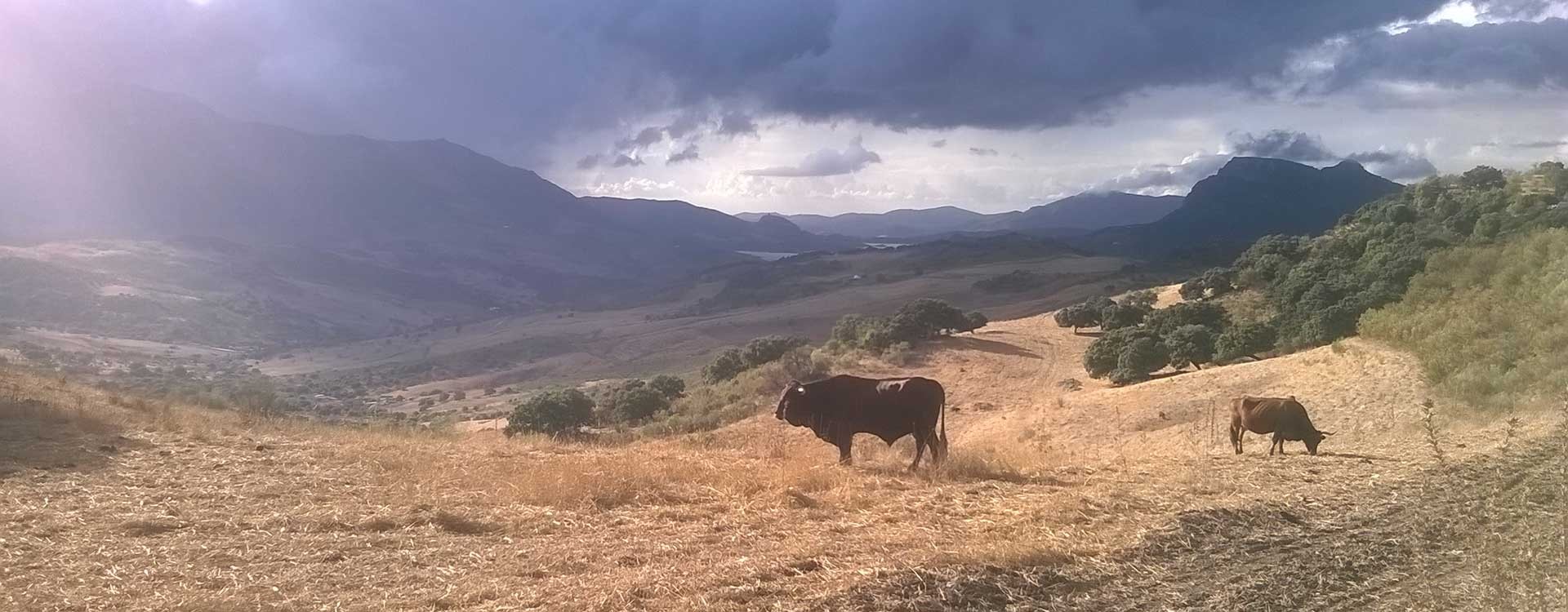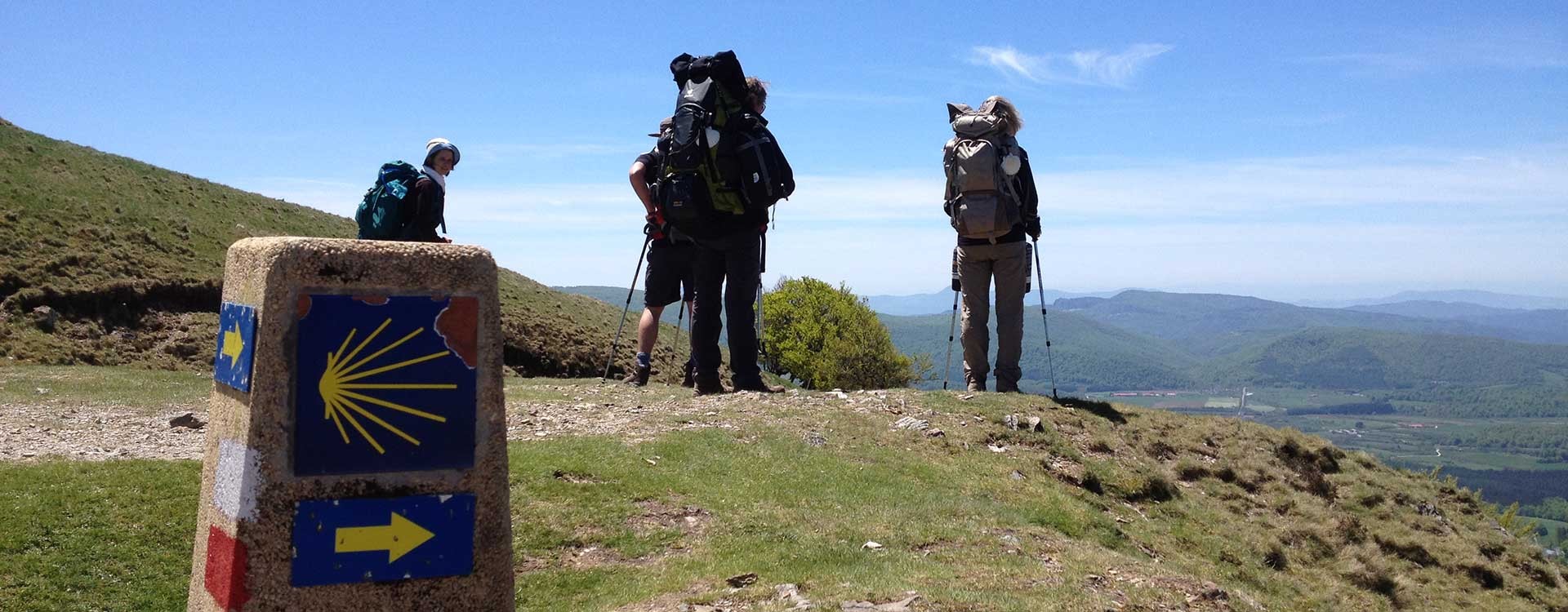All Ways Spain: all ways imaginative, all ways distinctive
Andalusia: the beating heart of Spain
The country’s most populous region is also invariably the one to which people’s minds turn when they think of Spain. Andalusia has long represented to the outside world all that is seen as “most Spanish”: the sensuous grace and bravura of flamenco, the machismo and verve inherent in bull-fighting, a scorching summer climate inducing the delicious indolence of the siesta, and the visible roots of the Roman and Moorish contributions to the country’s quite spectacular historical treasure trove. But although firmly embedded in truth, this image is also only a partial vision of a richly complex and endlessly satisfying place to visit. Read more…
Granada
“Give him alms, woman, for there is nothing like the grief of being blind in Granada”, so says the city’s motto, from the verse of Francisco de Icaza. Despite being rather over-the-top and melodramatic, to say that Granada is a delight to the eyes is no idle boast…
Córdoba
Córdoba — city of Roman governors and Muslim emirs and caliphs — is undoubtedly one of the most impressive in Europe in terms of the length and importance of its history. Poets and philosophers such as Seneca and Lucan adorned the seat of power of Roman “Corduba”…
Seville
Seville is unique. Its character, history, bravura – all mark it out as exceptional. Although at times it gives the impression of already knowing this, most visitors are won over by its radiant self-confidence and undeniable glamour. To start with, it has an historical pedigree that few cities in Europe can match…
Rural Andalusia
The Andalusian countryside abounds in natural blessings, from snow-topped mountains to fertile plains, vast dune beaches to delta marshes teeming with birdlife. The region has the highest proportion of its territory dedicated to protected national and natural parks of any in Spain (numbering 26 in total) as well as the greatest biodiversity…
The Rest of Spain: a truly diverse country
The two principal cities, Madrid and Barcelona, illustrate in themselves just how diverse Spain is – these two are the nation’s half-brothers, each quite distinct but nevertheless with a shared pedigree that neither quite wants to admit. The capital, Madrid, has a reputation as somewhat haughty and austere ‑no doubt its Austrian Habsburg parentage has a little to do with this. Its Catalan rival, Barcelona, is seen as hip and cool, the Mediterranean taking its gaze outwards while land-locked Madrid stares out over those much-quoted plains. Both cities reward patient investigation to get beyond these stereotypes; they are among the most enriching cities in Europe for a traveler to visit. Read more…
Barcelona
“Barcelona is different” could be the contemporary echo of the famous tourism campaign slogan of the 1960’s which told the rest of the world that “Spain is different”. The distinctiveness that Spain was trading on back then is even more keenly felt these days in the Catalan capital…
Rural Spain
Spain, as Europe’s second most mountainous country after Switzerland, has a topography that hides many secrets and discovering these is one of the true pleasures of travelling in the vast interior of Spain. In terms of landscapes there is an incredible variety to be found, from marshlands to towering mountains…
Madrid
London may be bigger (twice, in fact), Rome more ancient (just the 2359 years head start), Berlin more imposing, and Paris more chic, but of the five big European nations, it is certainly Spain’s capital city, Madrid, that wins most plaudits as a liveable city, for visitors and residents alike.
Camino de Santiago
The history of the Camino de Santiago (“Way of Saint James”) dates back to the year 813 AD when the bishop of Iria Flavio informed King Alfonso II of Asturias that a tomb had been discovered containing the remains of the apostle Santiago (St James).
